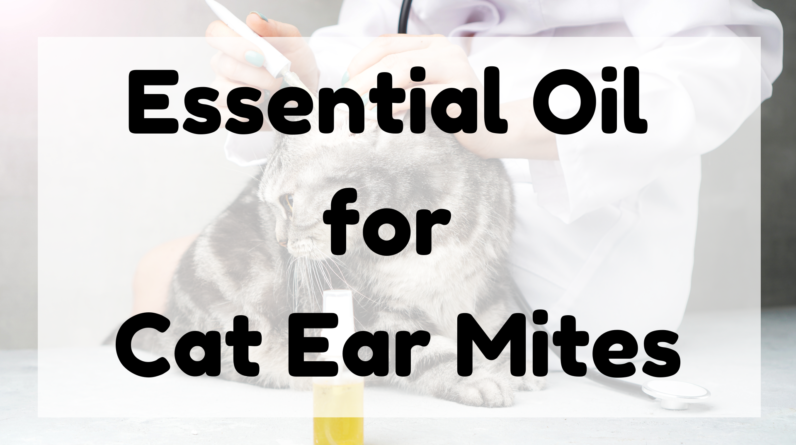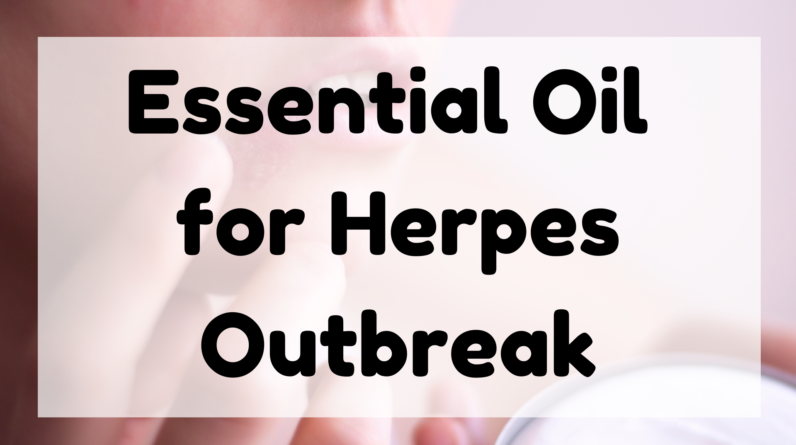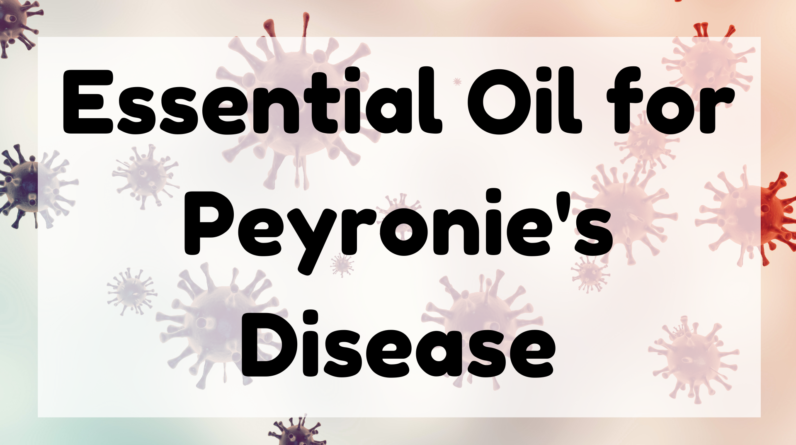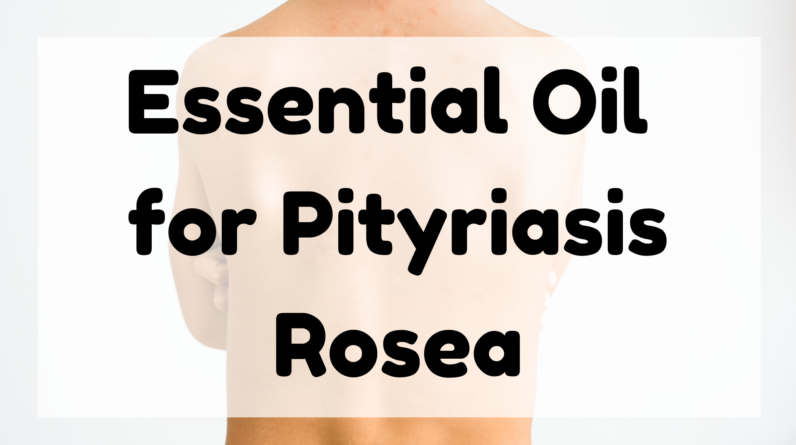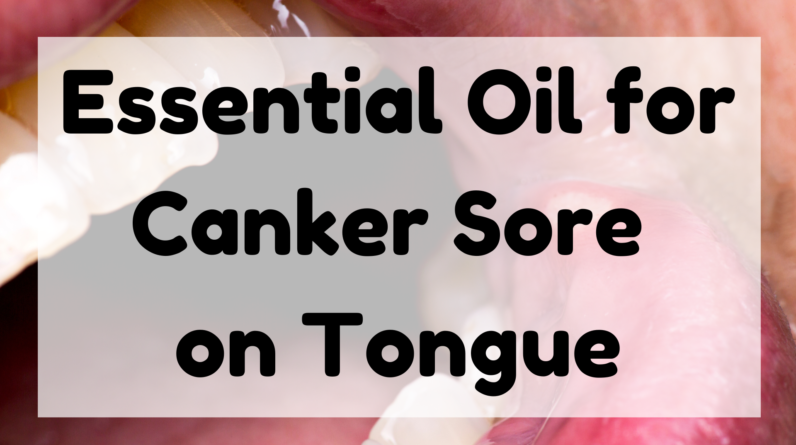Jump Ahead to:
Essential Oil For Yellow Jacket Sting
This article will explain Essential Oils, what they do and why you should use them to treat yellow jacket stings.
You’ll also learn how to use Essential Oils for Yellow Jacket Stings so that they can be more effective.
The article will discuss What Essential Oils Are and Which Ones Are Best.
Listed below are a few of my favorites. Use them as you see fit and get relief from your pain.
What are Essential Oils

Using essential oils to treat a yellow jacket sting can offer quick relief.
The venom released by the sting is extremely irritating and can cause swelling, redness, and pain.
A topical antihistamine may help reduce the swelling and itching.
An antihistamine may also be taken orally.
Over-the-counter pain relievers may be effective in reducing the symptoms.
Lemongrass is easy to absorb and can be planted in any part of your garden.
Applying lemongrass to the sting will soothe the skin and ease the pain.
Tea tree essential oil is also effective for reducing pain and inflammation, and it can be combined with a carrier oil.
Olive oil works well for treating a severe yellow jacket sting.
Using essential oils for the treatment of a yellow jacket sting can reduce the chance of infection and subsequent stings.
Lavender oil has anti-inflammatory properties and can help relieve itching.
Garlic cloves can help with pain and swelling.
Baking soda mixed with water and a little lavender is also helpful.
Both of these oils contain venom-neutralizing properties.
If you’re in an area where lavender isn’t helpful, try applying a paste of baking soda on the sting.
This will help neutralize the venom and relieve the sting.
Lavender essential oil is another essential oil to use for a yellow jacket sting.
Its antiseptic and soothing properties help reduce itching, swelling, and pain.
Lavender is effective for treating bee stings, while tea tree can help with itching, inflammation, and pain.
However, it must be mixed with a carrier oil for effective results. It may also help reduce itching and pain.
Aside from essential oils, you can also use aloe vera gel to help soothe and moisturize the affected area.
Aloe vera gel contains an aloe extract, which is an anti-inflammatory and soothing agent.
Aloe vera gel is available at drugstores and online.
It is best to mix it with olive oil before applying it to the affected area.
When mixed properly, it can also reduce swelling and ease pain.
Properties of Essential Oils
Essential oils have a variety of therapeutic properties that are beneficial in the treatment of yellow jacket stings.
These oils contain anti-inflammatory and anti-venom compounds, which help to lessen the itching and burning sensation.
They also contain antioxidant properties that fight the toxins and promote the regeneration of healthy cells.
Alternatively, you can use baking soda or flower water to help neutralize the acidic venom.
When used topically, essential oils are great for soothing the pain from a yellow jacket sting.
Lavender and rosemary are excellent for this purpose.
These essential oils are anti-inflammatory and have a natural, refreshing scent.
Besides being an excellent treatment for wasp stings, they are also a natural antiseptic.
You can apply these oils directly to the stung area or to a clean towel.
Lemongrass, a popular herb for sting relief, is easy to absorb and can be planted anywhere in the garden.
Lemongrass is also a natural anti-inflammatory and has a calming effect that makes it a good remedy for a yellow jacket sting.
Tea tree, on the other hand, contains anti-inflammatory properties and can be applied topically.
Olive oil works well for treating severe yellow jacket stings.
Thyme oil is another effective remedy. It has strong antiseptic properties and can prevent bacterial infections.
Basil essential oil has anti-inflammatory properties.
Thyme can reduce the swelling caused by the sting. It can also relieve pain and protect against infections.
It is also helpful for treating other types of wounds. It helps reduce pain and accelerate the healing process.
However, you should always consult a physician before using any essential oil on your skin.
Chamomile roman oil is another essential oil that may be helpful in reducing itching and swelling.
It has soothing properties and is used for centuries for treating insect bites.
Chamomile can also help to treat wounds and prevent infection.
Similarly, tea tree oil and apple cider vinegar have antibacterial properties and help to reduce inflammation.
A few drops of these essential oils can be applied directly to the sting area or mixed with a carrier oil.
Cause of Yellow Jacket Sting Irritation
Having yellow jacket stings isn’t the only way to be bitten.
The venom they release is also one of the main causes of yellow jacket sting irritation.
This sting can be particularly painful, with swelling and redness around the site.
Thankfully, yellow jacket stings are generally mild, but for those who get stung often, over-the-counter medications such as ibuprofen can ease the pain.
Most people aren’t aware that yellow jackets have stingers, so they can be incredibly uncomfortable.
A sting from a yellow jacket can cause immediate pain, localized redness, swelling, and itching.
There’s no way to tell exactly how strong the sting will be until you’ve already been stung, so it’s essential to pay close attention and protect yourself.
After being stung, most people experience redness, swelling, and itching.
However, for some people, a reaction is more serious. This is known as an anaphylactic reaction.
In some rare cases, a person may experience a severe reaction – a tetanus shot may be required.
Regardless of the cause of your sting, the main objective of seeking medical attention is to minimize your risk of developing an allergy.
If you can identify a yellow jacket nest, the sting may not be as painful as you think.
However, if you’ve been stung by one, you may be able to remove it with a cold pack.
Ideally, you’ll apply a topical antihistamine to the affected area.
Home remedies for stings are available online and can be as simple as baking soda mixed with water or using vinegar as an antihistamine.
Keep in mind that there’s no scientific evidence that these methods work, so you should be careful and seek medical attention.
Applying a meat tenderizer to the affected area is another way to reduce pain and swelling.
Bees have one sting per sting and will die after removing it.
You can also apply a paste of aluminum-based deodorant or baking soda on the sting area.
It will work for a short time, but you should avoid applying it to the area near your eyes.
Also, you can apply ice cubes to reduce itching and reduce swelling.
Best Essential Oil for Yellow Jacket Sting
If you have been stung by a yellow jacket, you should immediately wash the sting area with soap and water.
While the stinger may remain in the skin, it is best to remove the venom sack as soon as possible to minimize the amount of venom released into your body.
Using a credit card edge can help you scrape off the venom sac.
Alternatively, you can apply a topical antihistamine to reduce swelling and itching.
The sting is accompanied by intense pain. While ice packs can help reduce swelling, baking soda paste can help relieve pain.
You can also apply an ice pack wrapped in a cloth to prevent damage to your skin.
And of course, you can purchase over-the-counter pain-relief medications for yellow jacket sting pain.
These are available over-the-counter, and they can also be purchased online.
You can also try other natural remedies to reduce the symptoms of the sting.
Calendula, a safe flower that is commonly used in baby products, is known for its anti-inflammatory properties.
It can be crushed to make a liquid applied to the affected area.
Another popular remedy is using the juice from plantain, a common weed.
You can crush its leaves in your teeth or strip them in half.
You can then apply the juice to the sting for about 5 minutes to relieve the pain and swelling.

Basil leaves are another safe alternative, as they can be crushed to release their juices.
Thyme is an excellent essential oil for yellow jacket sting.
It is an antiseptic that reduces the itching and inflammation that can follow the sting.
Its antibacterial and antimicrobial properties can also help repair damaged tissue and stimulate the production of healthy cells.
You can also make a paste with baking soda and water to neutralize the acidic venom.
You can use this remedy if you are unable to remove the sting quickly.
NEXT Frankincense Essential Oil For Eyes
Legal and Medical Disclaimer
Information provided on the site is for educational purposes only, and does not substitute for professional medical advice.
You MUST consult a medical professional or healthcare provider if seeking medical advice, diagnoses, or treatment.
We do not provide any medical advise.



